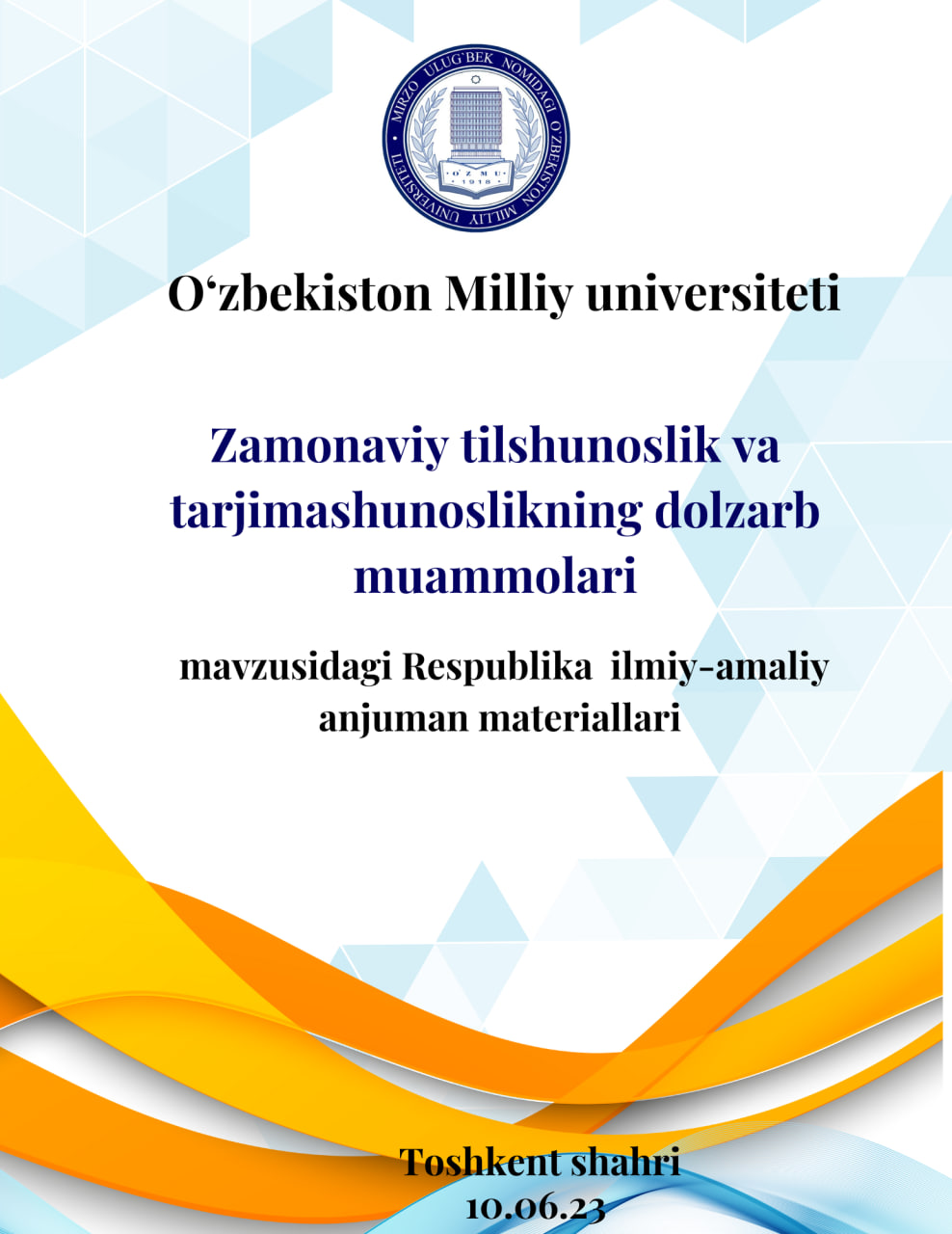HOMONYMS IN ENGLISH AND UZBEK LANGUAGES: UNDERSTANDING THEIR USAGE AND IMPACT ON COMMUNICATION

Аннотация
Homonyms are words that have the same spelling and/or pronunciation but different meanings. They can be a source of confusion and ambiguity in communication, but they can also be used for creative expression and wordplay. In this article, we will explore the types of homonyms in English and Uzbek languages, their usage, and their impact on communication. We will also examine the views of scholars on the topic and provide proper citations to support our discussion. The research will use a mixed-methods approach, combining qualitative and quantitative data analysis techniques. The data will be collected from various sources, including dictionaries, corpora, and language textbooks. The study will also survey Uzbek and English speakers to gain insights into their perceptions of homonyms and their strategies for disambiguating them in communication. The findings of this study will contribute to our understanding of how homonyms are used in two different languages and provide insights into the potential challenges faced by language learners and communicators. This research will also be useful for language teachers and textbook writers, who can use the findings to develop effective strategies for teaching and learning homonyms in Uzbek and English.
Ключевые слова
homonyms, homographs, homophones, context, ambiguity, word forms, grammatical homoyms.